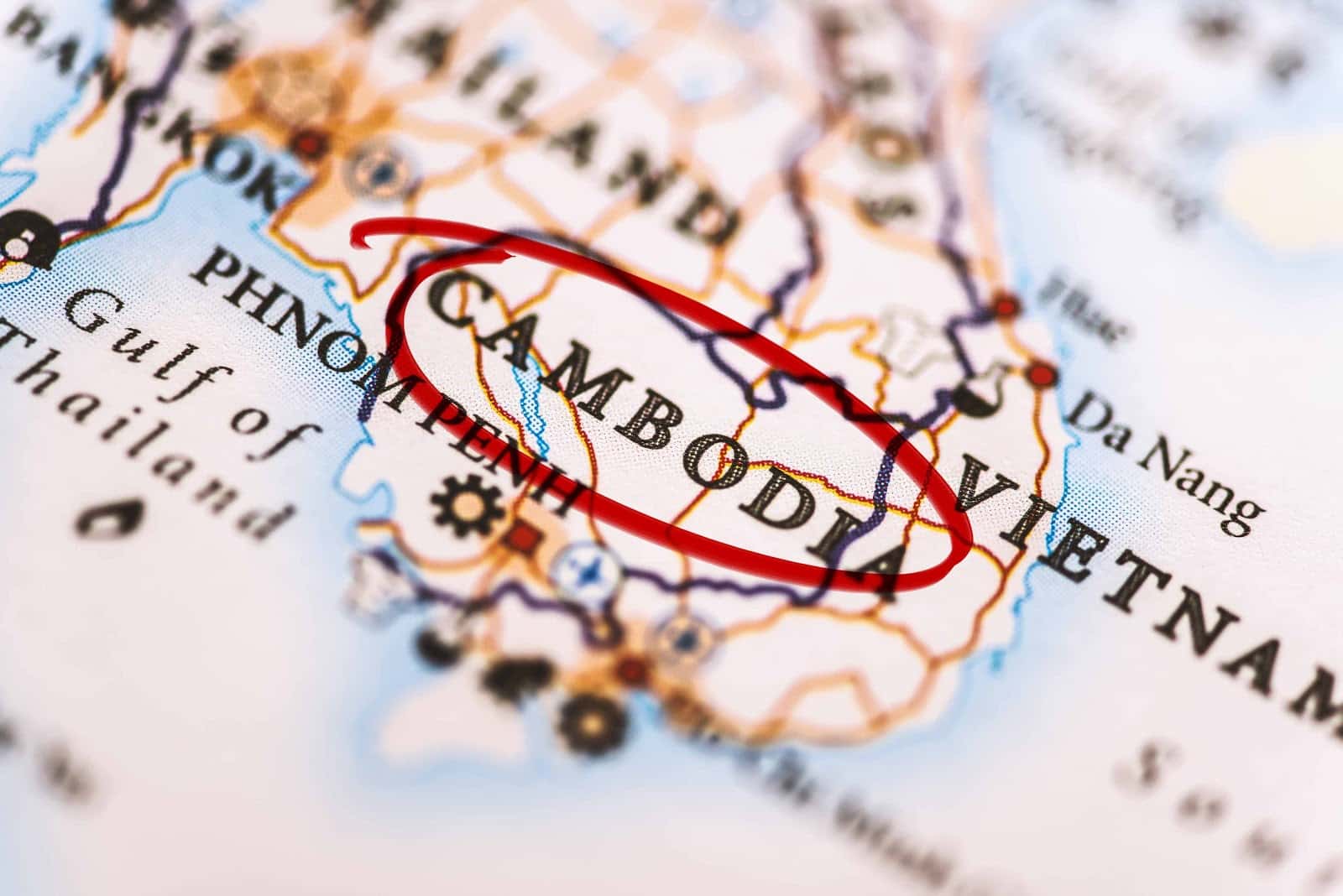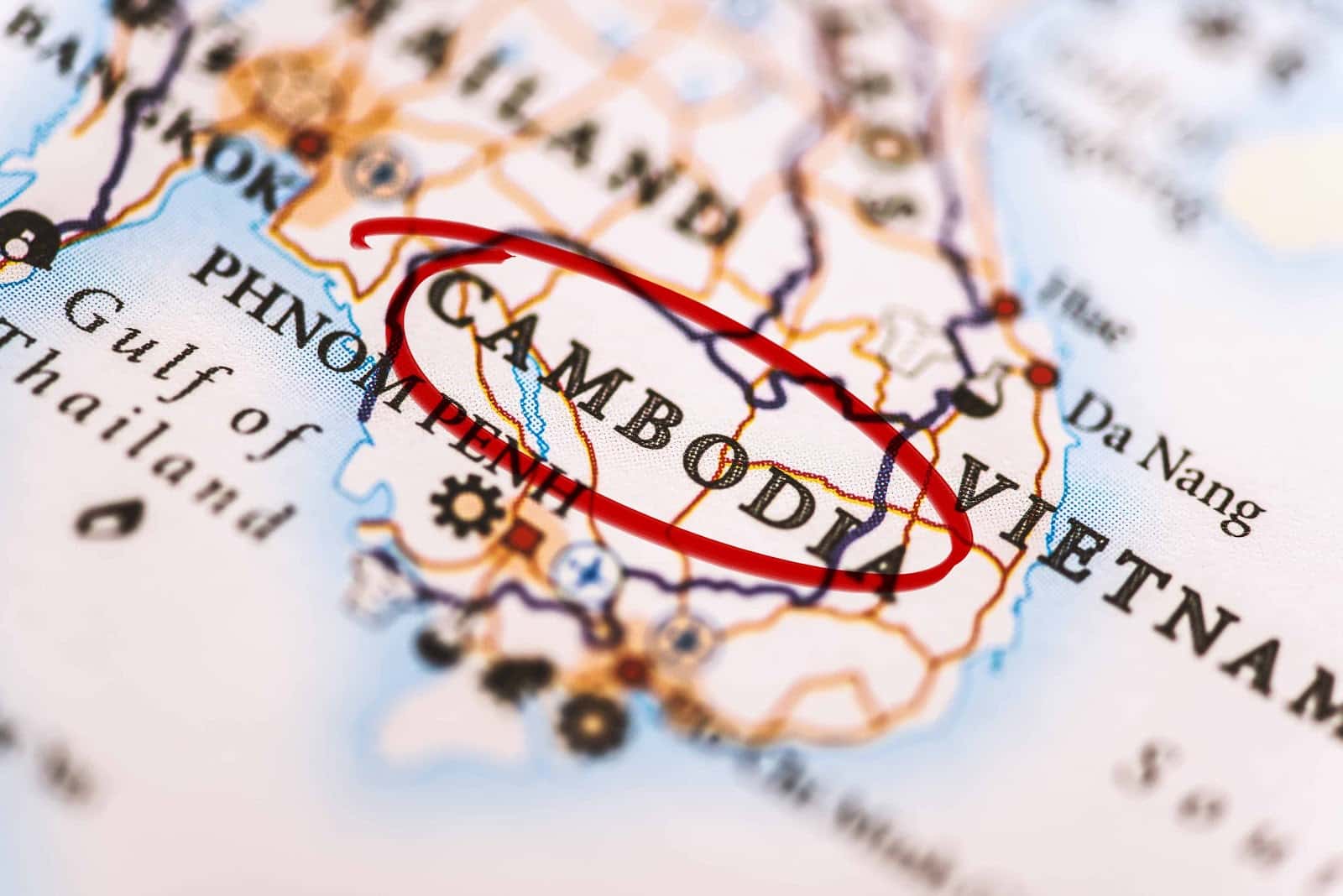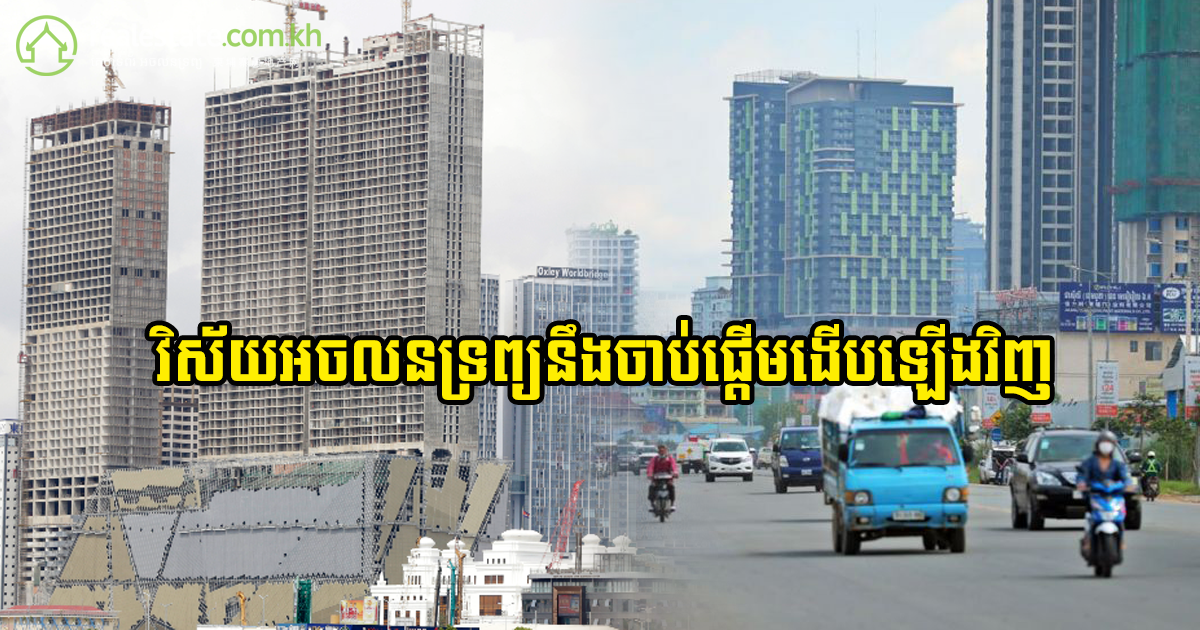![]()

A number of useful insights were gleaned from Realestate.com.kh's annual real estate survey and the subsequent investment guide. Respondents told about their perceptions of the market, where they were hoping to buy property and how they felt the sector would change in the upcoming years.
Zooming out and comparing Cambodia with its neighbours can also bring up some interesting points, however. On the whole, the Kingdom looks to be following in the footsteps of the property markets in nearby Thailand and Vietnam.
In the Thai capital of Bangkok, for instance, condominium developers are reporting increased sales to foreigners, especially Chinese nationals, according to a quarterly report from real estate consulting firm CBRE Thailand. The document notes that it remains to be seen whether the condos will be rented to foreigners or locals after they are completed.
The supply of condos in Bangkok’s downtown area was up by over 5 percent in the second quarter of this year, the report showed. Additionally it notes that the market is in a period of stabilisation after a record number of launches last year. Many have commented on the growing supply of condos in Phnom Penh.
On the other side of the peninsula, in Ho Chi Minh City, the amount of residential projects launched in the first quarter was up by over 50 percent compared to the same period last year. The data, released in a quarterly report by Vietnam real estate firm JLL, showed that most growth was fuelled by mid-level properties. Affordable projects also contributed to the rise.
Perhaps this metric gives a hint of where Cambodia is headed in the coming years. Realestate.com.kh’s survey this year showed that, of respondents who were planning to buy property in the next year, over 40 percent expected it to cost less than $50,000. Indeed, even in the Kingdom, demand is slowly shifting upward in terms of price and we may see more mid-level options in the coming years.
It’s just business
It’s apparent to many developers in the Kingdom that the supply of condos and apartments could soon be saturated. To mitigate the effects of this, an increasing number are creating mixed-use spaces that offer retail, residential and, sometimes, office space on the same premises. But are owners doing the same thing in the rest of Southeast Asia?
In Bangkok, the market for office space looks more positive than ever. Supply is trending upward and looks to break past nine million square metres shortly. Vacancy rates are on the way down, too. Just 6.8 percent of spaces were empty in the second quarter of this year, as opposed to 7.3 percent the quarter before.
The same situation seems to be playing out in Ho Chi Minh City. Supply is trending upward, mostly on the strength of Grade B spaces, according to the JLL quarterly report. Occupancy rates stood at 92 and 95 percent for Grade A and B offices in the city, respectively.
In Hanoi, meanwhile, only one new Grade B space was added in the last three months so numbers were relatively flat. Occupancy across the board was up to 93 percent, however, despite moderate rises in average rent prices. This shows a healthy demand in the Vietnamese capital.
Retail trends
Retail space took a huge leap forward in 2018. It was even dubbed the “Year of the Mall” by local media. Over a half dozen major shopping hubs opened their doors in the past year, catapulting total retail space to over 350,000 square metres, a huge increase from just over 200,000 square metres, where it stood a year ago.
According to a report by estate agent group CBRE Cambodia, covering the first quarter of this year, supply was up 95 percent in Phnom Penh. This is opposed to a 4 percent rise in Bangkok and a 26 percent and 21 percent rise in Ho Chi Minh City and Hanoi, respectively.
Bangkok remains the regions behemoth for retail space, however. The metropolis is close to having eight million square metres of retail space which boasts a 95 percent occupancy rate. CBRE’s survey shows that to be one of the highest rates in Southeast Asia. Phnom Penh’s retail space is sitting at just above 80 percent occupancy.
Thankfully, rental rates are still quite low in the Kingdom compared to surrounding markets. CBRE’s data showed that prime ground and first floor retail spaces could still be rented for less than $50 per month. In both Bangkok and Ho Chi Minh City, rent was more than twice that for comparable spaces and in Hanoi prices were hovering around $200 per month.
Healthy rivalry
People often lump Thailand and Vietnam together while examining the developing economies of Southeast Asia. While Cambodia still has a long way to go in terms of economic development, it’s clear the country’s trajectory isn’t far behind the nations flanking it.
Indeed, despite having a reputation as a relatively stable economy, Thailand’s GDP growth has been all over the board in the last decade. After being hit particularly hard by 2008’s global financial crisis it came back with nearly 8 percent growth in 2010 but barely moved the year after.
Vietnam seems to have more in common with Cambodia in this regard, as it has posted growth levels of between 5 and 7 percent for the last decade. Chinese influence is, no doubt, is largely fuelling the growth in Cambodia. It has been predicted, however, that enterprises from both China and Vietnam may move production facilities to the Kingdom over the next few years as they move away from labour-based economies themselves.





Comments